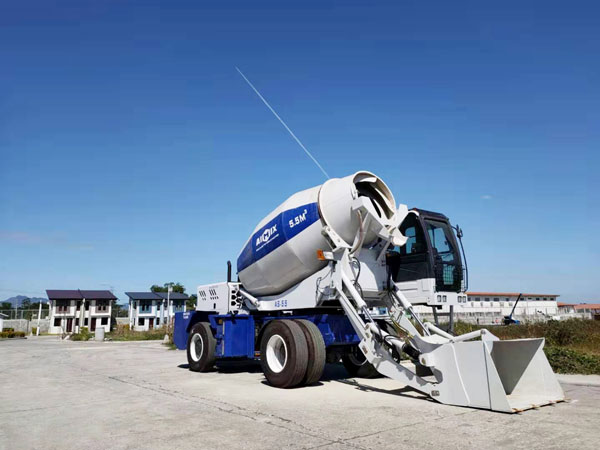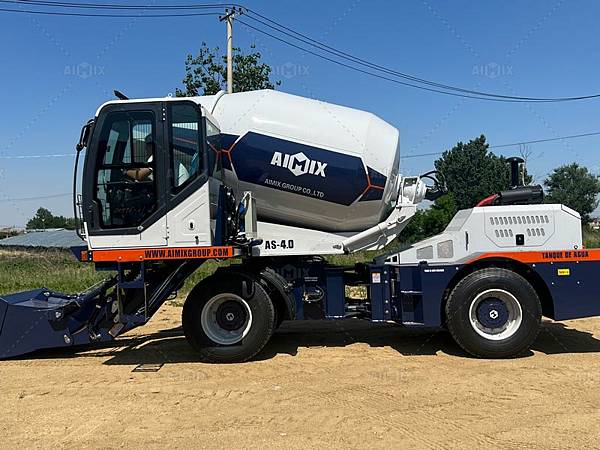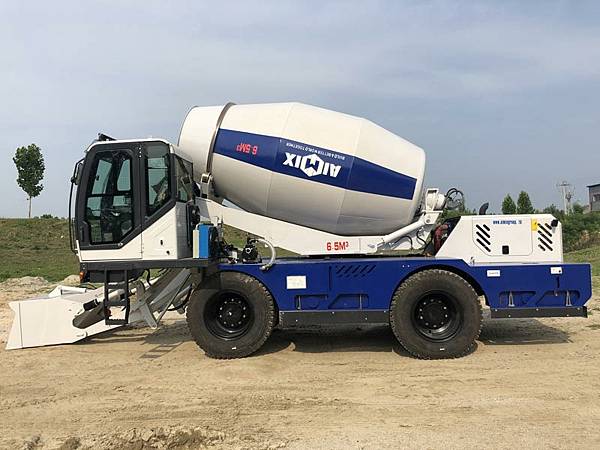


This article compares self-loading concrete mixers to traditional mixers to help you make an informed decision.
Concrete plays a crucial role in construction and infrastructure projects. The choice of the right mixing equipment significantly impacts project efficiency and cost. This article compares self-loading concrete mixers to traditional mixers to help you make an informed decision.
Traditional concrete mixers have been a staple in the construction industry for decades. These mixers usually come in two types: drum mixers and pan mixers. Drum mixers are commonly used for small to medium-sized projects. They feature a rotating drum that mixes the concrete. Pan mixers, on the other hand, have a fixed pan with rotating blades inside, suitable for larger projects.

Traditional mixers require a separate batching plant to prepare the concrete mix. The materials are loaded manually or with the help of other machinery. Once mixed, the concrete is transported to the construction site. This process can be time-consuming and labor-intensive.
Self-loading concrete mixers are a relatively new innovation in the construction industry. These self-loading mixer machines combine the functions of a loader, mixer, and transporter in one machine. They are equipped with a self-loading bucket that feeds the materials into the mixing drum. The drum then mixes the concrete, and the mixer can transport it directly to the site.
Self-loading mixers come with advanced features such as a weighing system, water tank, and even GPS tracking. These features enhance efficiency and accuracy, making them suitable for various types of construction projects.
Self-loading mixers significantly reduce the time required for the mixing process. They eliminate the need for a separate batching plant and manual loading, speeding up the overall process. Traditional mixers, however, require more time for material preparation and transportation.
Self-loading mixers require less labor compared to traditional mixers. One operator can handle the entire process, from loading to mixing to transportation. This reduces labor costs and minimizes the risk of human error. Traditional mixers need multiple workers for different tasks, increasing labor costs and the potential for errors.
Self-loading mixers offer greater flexibility and mobility. They can easily move around the construction site and access hard-to-reach areas. Traditional mixers are generally stationary and require additional equipment for transportation. This can limit their usability in certain projects.
Self-loading mixers come with advanced features that ensure accurate measurement and consistent mixing. The built-in weighing system and water tank allow for precise control of the mix. Traditional mixers rely on manual measurements, which can lead to inconsistencies in the mix.

The choice between a self-loading mixer and a traditional mixer depends on the specific needs of your project. If you have a large-scale project with tight deadlines, a self-loading mixer would be the better choice. Its efficiency and accuracy can save you time and money in the long run. You can learn more information about self-loading mixers by clicking this link: https://aimixgroup.com/self-loading-concrete-mixers/.
On the other hand, if you have a small project and budget constraints, a traditional mixer might be more suitable. While it may take more time and labor, the lower initial investment can make it a viable option for smaller projects.
Both self-loading and traditional concrete mixers have their advantages and disadvantages. Understanding these differences can help you make an informed decision. Consider the size, scope, and budget of your project when choosing the right mixer. By doing so, you can ensure efficiency, accuracy, and cost-effectiveness in your construction endeavors.
